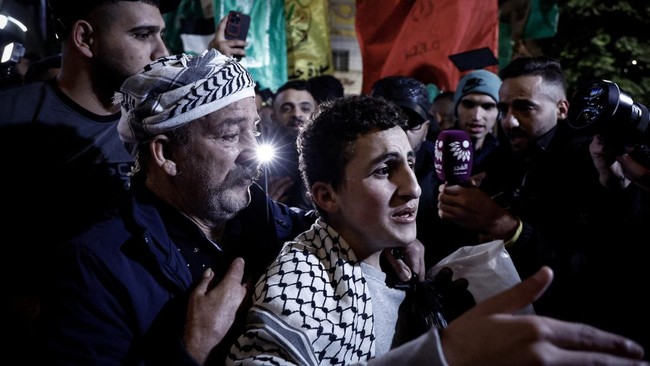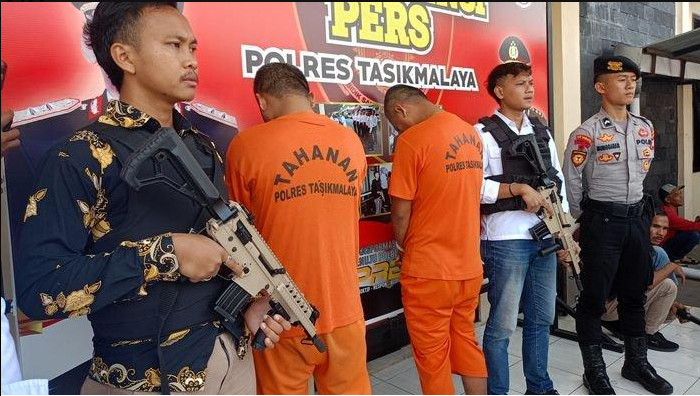
On February 8, 2025, Israel announced the release of 183 Palestinian prisoners as part of the fifth exchange agreement in a ceasefire deal between Hamas and Israel. This release is seen as a strategic move aimed at reducing tensions in the region, which has been fraught with conflict for several months.
According to a statement from the Israeli Prison Service, the released prisoners, referred to as “terrorists,” were transferred from various prisons across the country to areas in the West Bank, East Jerusalem, and Gaza. This significant act of goodwill marks a continuation of the prisoner exchange negotiations that have taken place since the start of the ceasefire agreement.
The decision to release these prisoners has elicited mixed reactions both domestically and internationally. While some see it as a positive step towards fostering peace and dialogue, others criticize Israel’s approach, arguing that it undermines security and encourages further violence. The international community remains divided on the implications of such releases, with some viewing them as necessary for peace and others as a concession to terrorism.
This prisoner release follows earlier exchanges, indicating a pattern of negotiations between the two sides. Despite ongoing tensions, both Hamas and Israel have shown a willingness to engage in dialogue to seek resolutions to the conflict that has claimed countless lives over the years. Such exchanges are often seen as a crucial part of building trust and fostering a more stable environment for future negotiations.
Earlier that day, seven Palestinian prisoners were also released and transported to Ramallah, where they were taken to a hospital for medical treatment. Abdullah al-Zaghari, head of the Palestinian Prisoners’ Club, confirmed that all released prisoners required medical care due to the harsh conditions they faced during their incarceration. The Palestinian Red Crescent Society verified that these individuals were treated at a local hospital, highlighting the physical and psychological toll that prolonged imprisonment can take on individuals.
The release of prisoners is a contentious issue in the Israeli-Palestinian conflict. For many Palestinians, released prisoners are often viewed as heroes or symbols of resistance against Israeli occupation. Conversely, many Israelis express concerns about the security risks associated with releasing individuals who have been convicted of terrorism-related offenses. This dichotomy is reflective of the broader complexities inherent in the conflict, where narratives are deeply entrenched on both sides.
As the situation evolves, the focus now shifts to how these developments will impact future negotiations and the broader peace process. The international community is closely monitoring these exchanges, hoping they will pave the way for more substantive discussions regarding the long-standing issues between Israelis and Palestinians.
In conclusion, Israel’s release of 183 Palestinian prisoners as part of a ceasefire agreement represents a significant moment in the ongoing conflict. While it has the potential to ease tensions and foster dialogue, it also raises important questions about security, justice, and the realities of life on the ground for Israelis and Palestinians alike. Moving forward, it is essential for both parties to navigate these complicated dynamics carefully to achieve lasting peace in the region.






